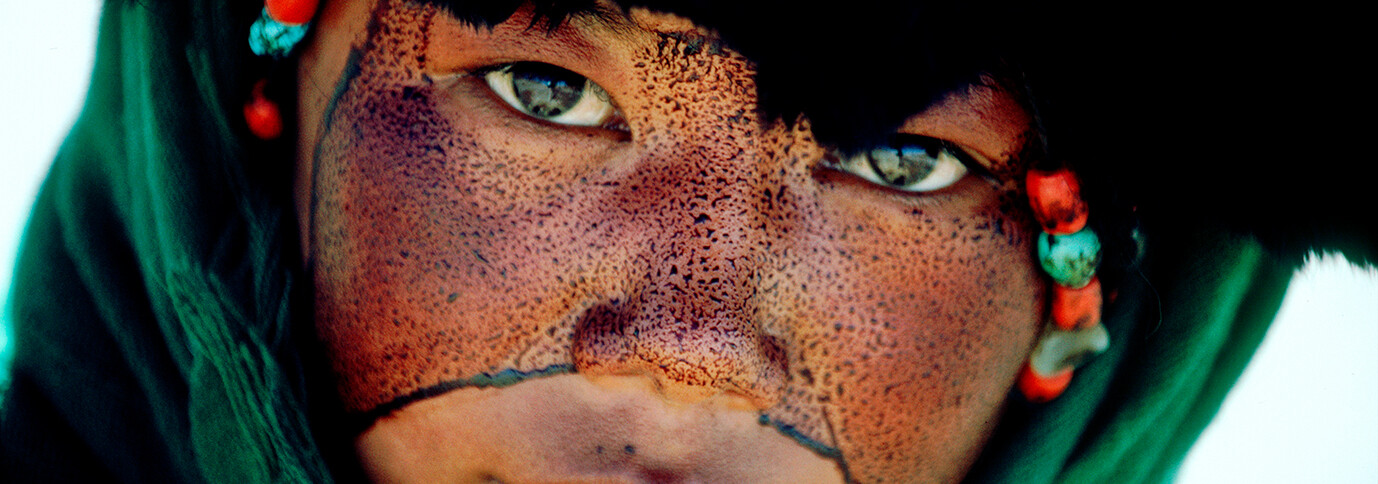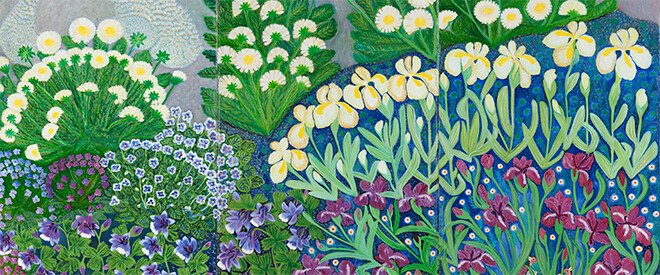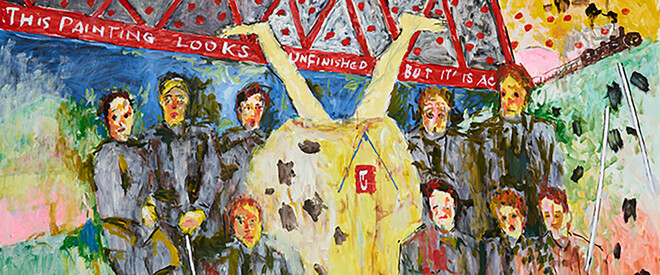Since 1972, when he first visited the Sahara Desert, Kazuyoshi NOMACHI (1946–) has been photographing diverse, mostly harsh environments and the people who find sustenance for their deep religious faith there. As the world grows more politically unstable, yet also more standardized, with cell phones everywhere, the world that Nomachi has recorded in his five decades of travel is rapidly disappearing. Now, more than ever, his work provides priceless documentation of the relationships between human beings and the land they live on. This retrospective focuses on the major works of a photographer who calls himself a “wasteland maniac.”
coming
up
up
2025.07.05 - 08.31
Kazuyoshi Nomachi: Documents of Humans and Land
Overview
Information
Dates:
Sat., July 5 to Sun., Aug. 31, 2025
Closed:
Mondays*
* Open Mon., July 21 and Aug. 11; closed Tue., July 22 and Aug. 12
* Open Mon., July 21 and Aug. 11; closed Tue., July 22 and Aug. 12
Hours:
Hours: 10:00 AM – 6:00 PM (last entry: 5:30 PM)
Place:
1st floor galleries
Organized by:
Setagaya Art Museum (Setagaya Arts Foundation)
Admission
Adults 1400(1200)yen / Seniors(over 65) 1200(1000yen / University and high school students 800(600)yen / Junior high and elementary school students 500(300)yen / Pre-school children free of charge
*Prices in parentheses ( ) refer to group rates for groups of 20 or more people.
*Admission for visitors with disabilities is 500yen. Students with disabilities, and one attendant per visitor with disabilities are admitted free of charge.
*High school and older students, seniors 65 and over, and people with special certificates should present their ID at the entrance.
*Prices in parentheses ( ) refer to group rates for groups of 20 or more people.
*Admission for visitors with disabilities is 500yen. Students with disabilities, and one attendant per visitor with disabilities are admitted free of charge.
*High school and older students, seniors 65 and over, and people with special certificates should present their ID at the entrance.
Overview
Since 1972, when he first visited the Sahara Desert, Kazuyoshi NOMACHI (1946–) has been photographing diverse, mostly harsh environments and the people who find sustenance for their deep religious faith there. As the world grows more politically unstable, yet also more standardized, with cell phones everywhere, the world that Nomachi has recorded in his five decades of travel is rapidly disappearing. Now, more than ever, his work provides priceless documentation of the relationships between human beings and the land they live on. This retrospective focuses on the major works of a photographer who calls himself a “wasteland maniac.”


